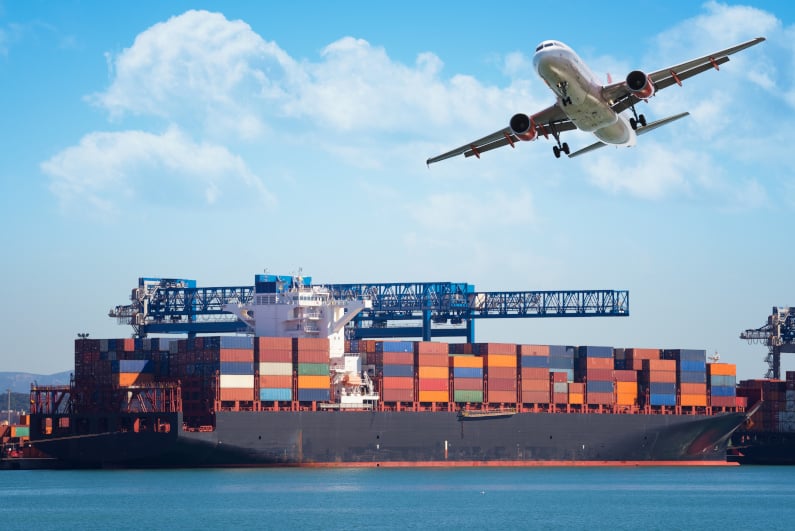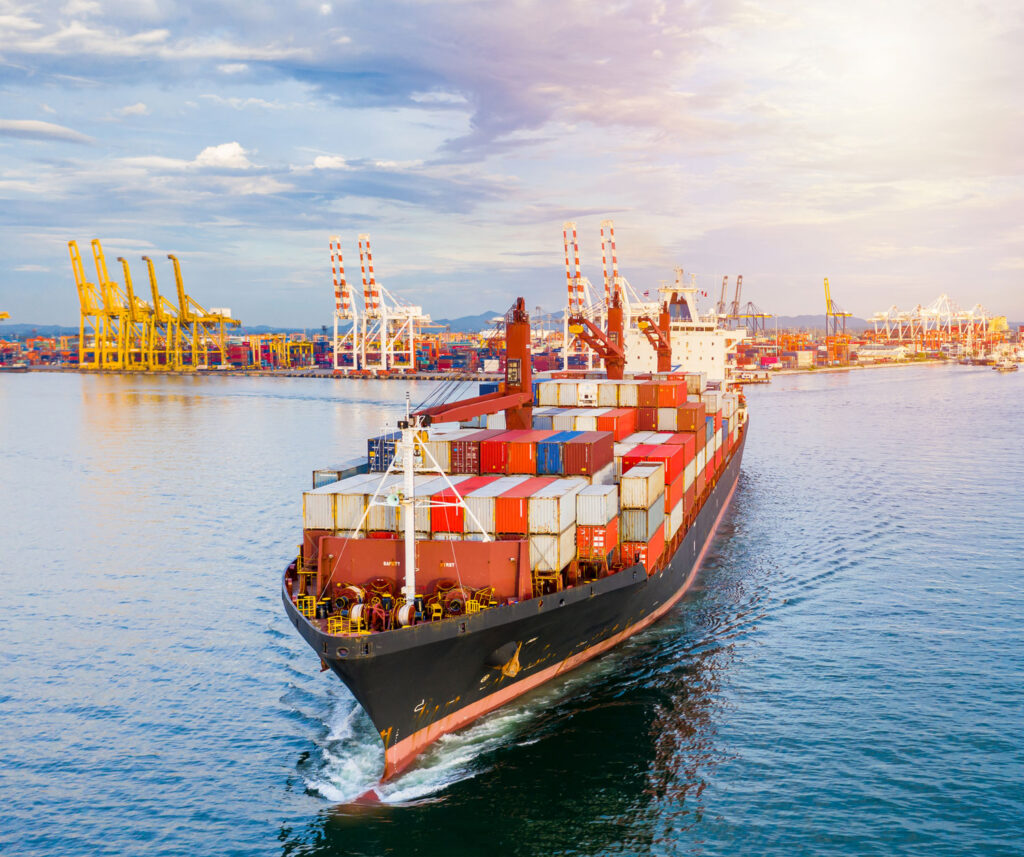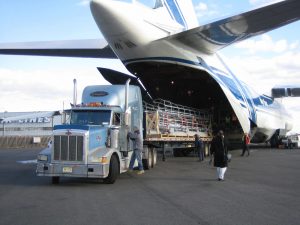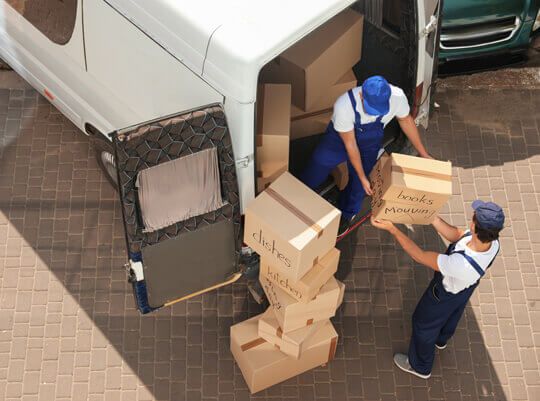Efficient freight shipping from China to UK is vital for companies handling imports across one of the busiest global trade corridors. Importers often face high shipping costs, long transit times, and complex customs clearance. Nevertheless, with the right planning and logistics partner, businesses can reduce expenses, avoid delays, and strengthen supply chains.
What Factors Affect Freight Shipping from China to UK?
Several factors influence shipping costs and transit time:
- Mode of transport: air, sea, rail, or courier.
- Cargo type: full container load (FCL) or less than container load (LCL).
- Fuel prices and surcharges: global oil costs directly impact freight rates.
- Destination ports: Felixstowe, Southampton, and London Gateway vary in fees.
- Seasonal demand: peak shipping seasons increase rates.
Additionally, customs duties, handling fees, and insurance all add to the total landed cost.
How Much Does Freight Shipping from China to UK Cost?
| Shipping Method | Cost Estimate | Transit Time | Pros | Cons |
|---|---|---|---|---|
| Sea Freight FCL | $1,800–$3,400 per container | 28–35 days | Cheapest for bulk | Slow transit |
| Sea Freight LCL | $60–$100 per CBM | 30–38 days | Flexible for small volumes | Consolidation delays |
| Air Freight | $5.0–$9.5 per kg | 4–8 days | Fast and reliable | High cost |
| Express Courier | $7–$12 per kg | 3–6 days | Door-to-door service | Expensive for heavy cargo |
| Rail Freight (via Europe) | $2,500–$4,000 per container | 20–25 days | Balanced cost & speed | Limited routes |
What Are the Container Prices?
| Container Type | Capacity | Average Price (USD) | Best Use |
|---|---|---|---|
| 20GP | 33 CBM | $1,800–$2,200 | Small/medium cargo |
| 40GP | 67 CBM | $3,000–$3,400 | High-volume cargo |
| 40HQ | 76 CBM | $3,200–$3,600 | Tall or bulky goods |
Choosing the correct container size reduces unnecessary costs. For smaller loads, LCL consolidation is more economical.
What Is the Freight Shipping from China to UK Transit Time?
| Route | Mode | Transit Time |
|---|---|---|
| Shanghai → Felixstowe | Sea | 28–32 days |
| Shenzhen → Southampton | Sea | 30–35 days |
| Ningbo → London Gateway | Sea | 29–34 days |
| Beijing → Heathrow | Air | 5–7 days |
| Guangzhou → Manchester | Air | 4–6 days |
| Chongqing → Hamburg → UK (Rail + Truck) | 20–25 days |
Transit times may vary due to customs inspections, weather, and port congestion.
Which Documents Are Required for Customs Clearance?
| Document | Purpose |
|---|---|
| Bill of Lading / Air Waybill | Proof of shipment |
| Commercial Invoice | Declares shipment value |
| Packing List | Cargo breakdown |
| Import Declaration | Required by HMRC |
| Certificate of Origin | Confirms production country |
| EORI Number | Mandatory for UK importers |
Without accurate paperwork, shipments risk delays, fines, or additional inspections.

Why Choose Sea Freight for China–UK Trade?
Sea freight remains the most popular choice for freight shipping from China to UK. It is cost-efficient for high-volume cargo and supports both FCL and LCL shipments. Although slower than air freight, it ensures affordability, especially for bulky products like machinery, furniture, or textiles.
What Are the Pros and Cons of Air vs Sea vs Rail Freight?
| Mode | Pros | Cons | Best For |
|---|---|---|---|
| Sea Freight | Lowest cost per unit | Long transit times | Heavy, bulky cargo |
| Air Freight | Fast delivery | Expensive for large loads | High-value or urgent goods |
| Rail Freight | Balanced cost and time | Limited availability | Industrial shipments |

Real Case Studies of Freight Shipping from China to UK
Case 1: Electronics by Sea Freight
- Route: Shenzhen → Felixstowe
- Cargo: 40HQ container of laptops
- Mode: FCL Sea Freight
- Cost: $3,250
- Transit Time: 30 days
Outcome: Reduced per-unit costs by 22% compared with air freight.
Case 2: Apparel Shipment via Air Freight
- Route: Guangzhou → Heathrow
- Cargo: 1,000 kg of fashion garments
- Mode: Air Freight
- Cost: $6,800
- Transit Time: 5 days
Outcome: Retailer met seasonal demand quickly, avoiding stockouts.
Can Incoterms Help Reduce Freight Costs?
Yes. Incoterms define responsibilities between buyer and seller:
- FOB (Free on Board): Buyer controls freight, usually cheaper.
- CIF (Cost, Insurance & Freight): Seller arranges shipping, bundled cost.
- DAP (Delivered at Place): Seller covers transport, buyer pays import duties.
Most UK importers prefer FOB for transparency and better negotiation.
Should You Consider Door-to-Door Freight?
Door-to-door freight shipping from China to UK simplifies logistics by covering pickup, shipping, customs clearance, and delivery. Although slightly more expensive, it reduces complexity and saves time, making it ideal for e-commerce businesses.
How Do Forwarders Help Lower Freight Costs?
Freight forwarders play a key role in cutting costs:
- Consolidating LCL shipments.
- Negotiating bulk carrier rates.
- Recommending optimal shipping routes.
- Ensuring customs compliance.
Additionally, they provide warehousing, insurance, and tracking to improve reliability.
Do Peak Seasons Affect Freight Shipping?
Absolutely. During Chinese New Year, Golden Week, and the UK holiday season, demand surges by 20–40%. Consequently, rates rise and container availability shrinks. Booking in advance secures space and reduces costs.
Conclusion
Managing freight shipping from China to UK requires balancing costs, speed, and customs compliance. By choosing the right mode of transport, leveraging experienced freight forwarders, and booking early during peak seasons, businesses can reduce expenses and improve supply chain efficiency. With careful planning, shipping between China and the UK becomes both predictable and profitable.
- Consult TJ China Freight Forwarding for the lowest quote. They will provide you with reliable, cost-effective service.
FAQs
Q1.What is the average freight shipping from China to UK cost?
Sea freight FCL costs $1,800–$3,400 per container, while air freight is $5.0–$9.5 per kilogram.
Q2.How long is the freight shipping from China to UK transit time?
Sea shipments take 28–35 days, while air freight typically arrives in 4–8 days.
Q3.What customs clearance steps apply to freight shipping from China to UK?
Importers need invoices, packing lists, EORI, and declarations, all checked by HMRC before release.
Q4.Which is the cheapest freight shipping from China to UK option?
LCL sea freight is most affordable for small businesses needing flexible space without booking full containers.
Q5.How do peak seasons impact freight shipping from China to UK rates?
Rates increase up to 40% during holidays, so early booking ensures lower prices and available space.





